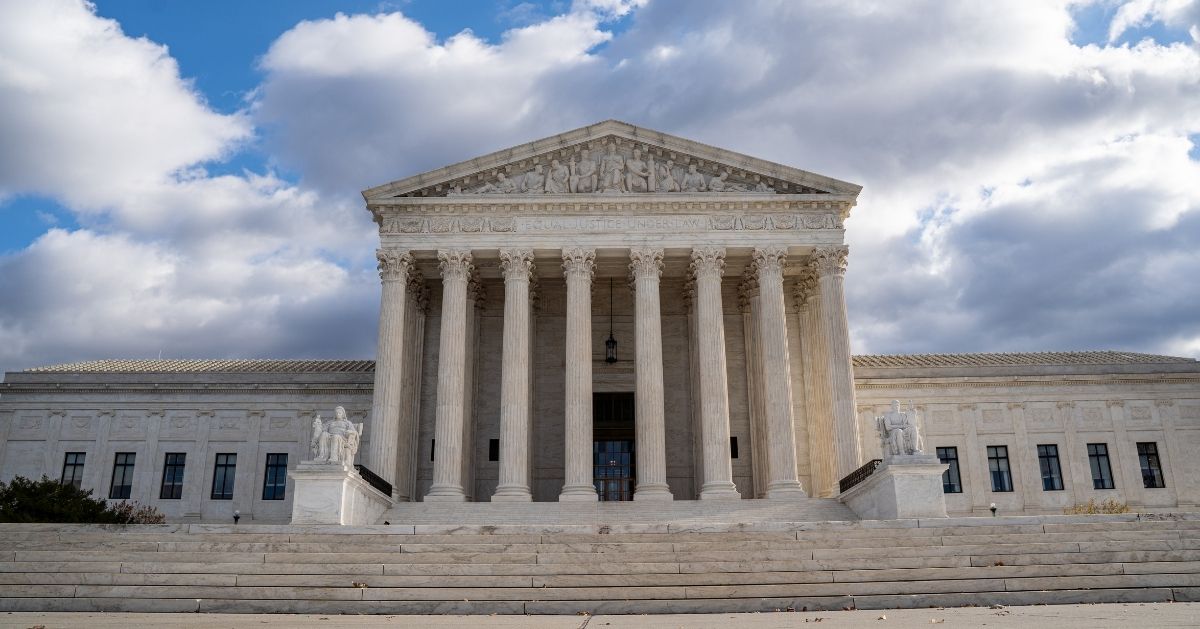A recently unveiled image of a downed unidentified object over Canada has reignited questions and speculations regarding its nature and origin, Yahoo!news reported.
The Prelude: A Chinese Spy Balloon Incident
Before the series of UAP takedowns, a tense moment unfolded over the Atlantic Ocean, near South Carolina. On February 4, 2023, a Chinese spy balloon was tracked and destroyed, setting a vigilant tone for North American airspace in the weeks that followed. This incident marked the beginning of a month marked by elevated scrutiny of aerial objects over North America.
Following the balloon's downing, authorities remained on high alert, which led to a series of three rapid responses to unidentified aerial phenomena. The sequence of events commenced with the downing of UAP 20 off the northern coast of Alaska on February 9, 2023. Predominantly, the challenges involved identifying these objects and ensuring they posed no threat to national security.
Two days later, an episode unfolded above Canada's Yukon Territory, where an F-22 Raptor intercepted and shot down UAP 23. This action reflected the escalated vigilance of defense personnel in both countries and indicated how seriously they were treating these incidents.
Sequence of Shoot-Downs Fuels Concerns
As concerns escalated, February 12, 2023, saw a third UAP downed as it transited over Lake Huron. Incomplete information regarding the capabilities or intentions of the objects involved dictated each of these rapid responses, with some officials describing them as "benign." The shoot-downs underscored a cautious approach to unidentified aerial entities traversing sensitive national territories.
In the aftermath, a photo of UAP 23 was released under an Access to Information request by CTV News, revealing a low-resolution and grainy image. Descriptions circulated suggested it resembled a balloon with a metallic top, a 20-foot hanging wire, and a suspended package, details corroborated by internal military communications and memos concerning the object's ambiguous threat level and capabilities.
Internal discussions captured in memos and emails from the Canadian Armed Forces underlined the sensitive nature of releasing imagery of UAP 23 to the public through social media channels. The guidance suggested avoiding such publications to prevent further confusion and speculation among the public.
Debates over Disclosure and Security
The Canadian Chief of Defense Staff and other officials advocated for a measured release of information about the shoot-down to avoid public panic and confusion. This approach mirrored the discussions captured in the released memos and highlighted the challenges of addressing incidents involving potentially unidentified or foreign technology in domestic airspace.
Despite the intrigue and high stakes, recovery teams did not retrieve any physical remnants of UAPs 23, 20, or the third object downed over Lake Huron, leaving many questions unanswered about the nature and purpose of these aerial objects. This lack of physical evidence has fueled ongoing debates and speculation regarding the transparency and forthcomingness of information related to these incidents.
During a press briefing in October 2023, Sean Kirkpatrick, the head of the All-domain Anomaly Resolution Office (AARO), established in 2022, noted that officials strategically prioritize data release and footage concerning UAP-related incidents based on the prevailing geopolitical environment, indicating a tightly controlled release of information that considers broader national security implications.
Looking Forward: Implications for National Security
The series of UAP incidents and the subsequent responses highlight the intricate balance between maintaining national security, ensuring public transparency, and managing international relations. The continued interest in these incidents underscores the need for vigilant airspace monitoring and potentially points towards more sophisticated systems for tracking and evaluating aerial phenomena.
Moreover, the involvement of the All-domain Anomaly Resolution Office in these cases reflects an evolving landscape of aerial defense tactics, focusing not only on immediate threats but also on understanding wider implications for airspace security and foreign surveillance capabilities.
As 2024 unfolds, the examination of these mysterious aerial objects will likely remain a key area of focus for both defense officials and civilian analysts alike, reflecting continued efforts to demystify the phenomena while bolstering defense readiness against a range of aerial threats.

